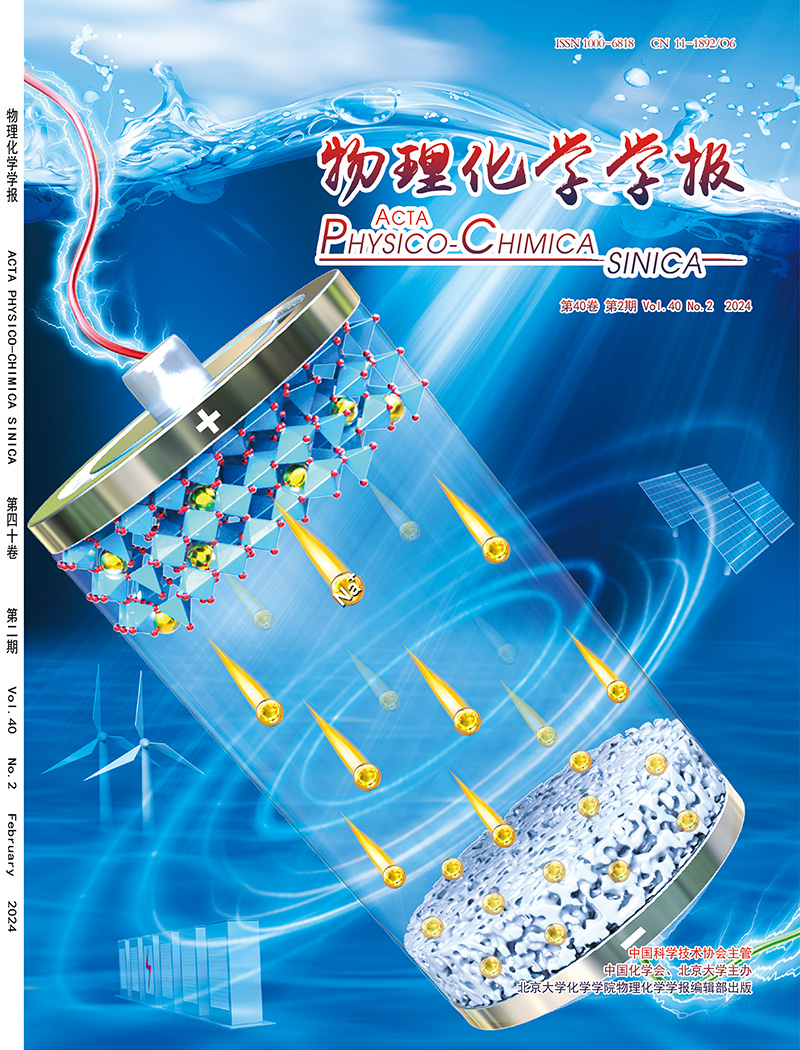Recent advances in synergistic catalytic valorization of CO2 and hydrocarbons by heterogeneous catalysis
IF 13.5
2区 化学
Q1 CHEMISTRY, PHYSICAL
引用次数: 0
Abstract
The escalating frequency of extreme weather events globally has necessitated immediate action to mitigate the impacts and threats posed by excessive greenhouse gas emissions, particularly carbon dioxide (CO2). Consequently, reducing CO2 emissions has become imperative, with decarbonization techniques being extensively investigated worldwide to achieve net-zero emissions. From an energy perspective, CO2 represents an abundant and low-cost carbon resource that can be converted into high-value chemical products through reactions with hydrocarbons, including alkanes, alkenes, aromatic hydrocarbons, and polyolefins. Through hydrogen transfer, CO2 can be reduced to CO, accompanied by the formation of H2O. CO2 and hydrocarbons can also be transformed into syngas (CO and H2) via dry reforming. Furthermore, CO2 can be incorporated into hydrocarbon molecules, resulting in carbon chain growth, such as the production of alcohols, carboxylic acids, and aromatics. However, due to the thermodynamic stability and kinetic inertness of CO2, as well as the high bond energy and low polarity of hydrocarbon C–H bonds, the conversion of CO2 and hydrocarbons remains a highly challenging and demanding strategic objective. This review focuses on the synergistic catalytic valorization of CO2 and hydrocarbons using heterogeneous catalysts, summarizing recent advancements in coupling CO2 with various hydrocarbons. It also examines relevant kinetic models, including Langmuir-Hinshelwood and Eley-Rideal mechanisms. For catalyst design, bifunctional catalysts with distinct active sites can independently activate these two reactive molecules, and the modulation of acid-base properties, oxygen vacancies, and interfacial interactions represents an effective strategy to optimize catalytic performance. Finally, future directions for advancing CO2-hydrocarbon co-utilization technologies are proposed, along with recommendations for low-carbon development strategies.

非均相催化作用下CO2和烃类协同催化增值的研究进展
全球极端天气事件的频率不断上升,有必要立即采取行动,减轻过度温室气体排放,特别是二氧化碳(CO2)造成的影响和威胁。因此,减少二氧化碳排放已成为当务之急,全球正在广泛研究脱碳技术,以实现净零排放。从能源角度来看,二氧化碳是一种丰富且低成本的碳资源,可以通过与烃类(包括烷烃、烯烃、芳烃和聚烯烃)的反应转化为高价值的化工产品。通过氢转移,CO2可以还原为CO,同时生成H2O。二氧化碳和碳氢化合物也可以通过干重整转化为合成气(CO和H2)。此外,二氧化碳可以与碳氢化合物分子结合,导致碳链生长,例如产生醇、羧酸和芳烃。然而,由于CO2的热力学稳定性和动力学惰性,以及碳氢化合物C-H键的高键能和低极性,CO2与碳氢化合物的转化仍然是一个极具挑战性和高要求的战略目标。本文综述了利用多相催化剂催化CO2和烃类协同增值的研究进展,综述了近年来CO2与多种烃类偶联的研究进展。它还研究了相关的动力学模型,包括Langmuir-Hinshelwood和eley - ideal机制。对于催化剂设计,具有不同活性位点的双功能催化剂可以独立激活这两种活性分子,而酸碱性质、氧空位和界面相互作用的调节是优化催化性能的有效策略。最后,提出了二氧化碳-碳氢化合物共利用技术的未来发展方向,并提出了低碳发展战略建议。
本文章由计算机程序翻译,如有差异,请以英文原文为准。
求助全文
约1分钟内获得全文
求助全文

 求助内容:
求助内容: 应助结果提醒方式:
应助结果提醒方式:


